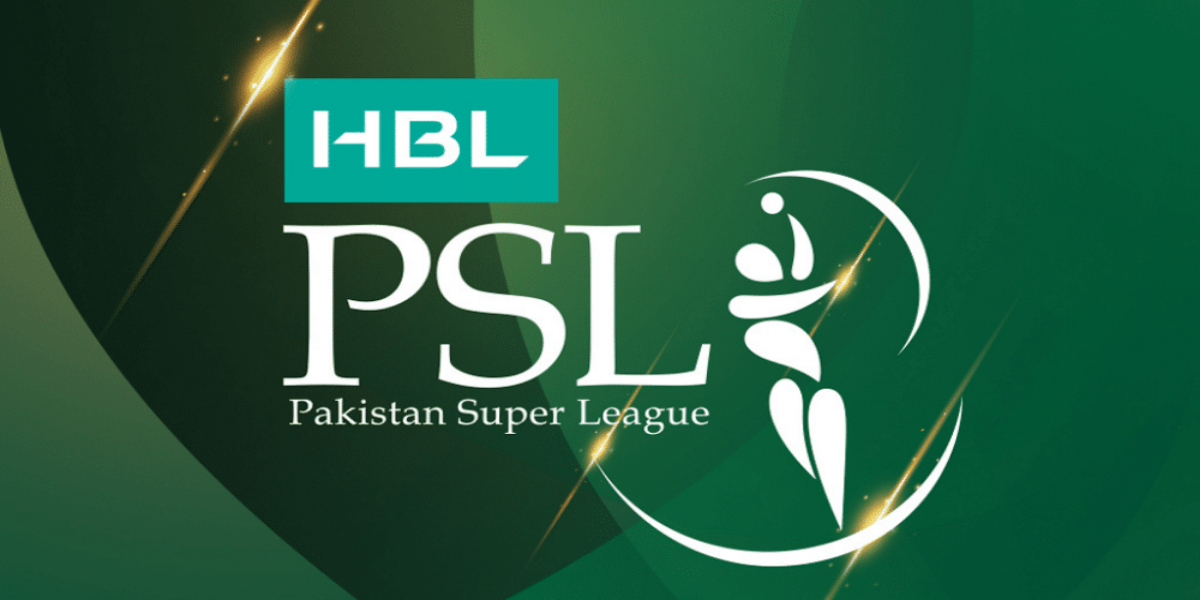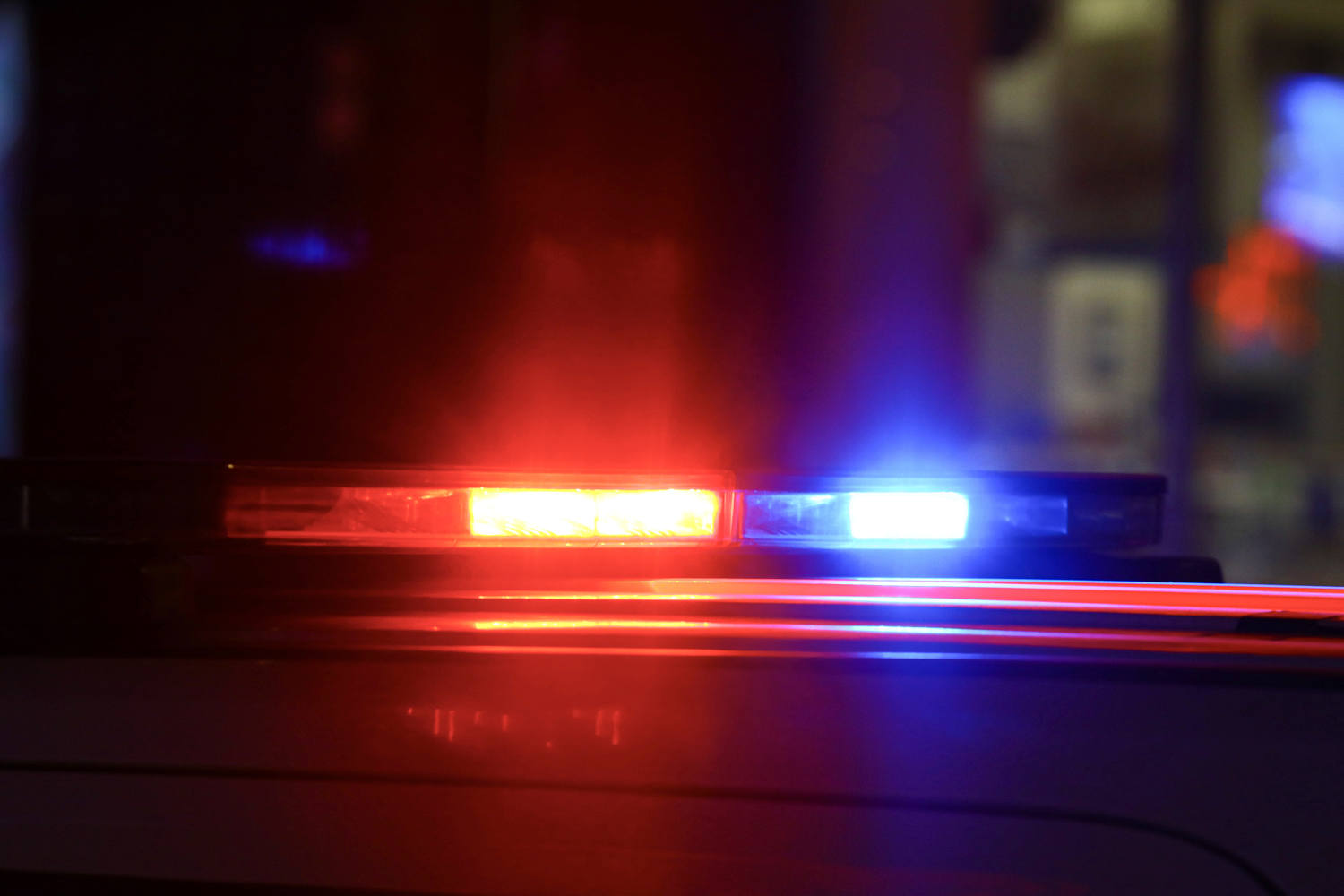Tear Gas: Banned in War, Allowed on Civilians
Pakistan is a country where protests, lock downs and other political as well as social and religious congregations, gatherings and assemblies are very common and most of the times due to lack of discipline and irresponsibility law enforcement agencies are compelled to use force to bring things in order and for restoration of peace and […] The post Tear Gas: Banned in War, Allowed on Civilians appeared first on Siasat.pk News Blog.



Pakistan is a country where protests, lock downs and other political as well as social and religious congregations, gatherings and assemblies are very common and most of the times due to lack of discipline and irresponsibility law enforcement agencies are compelled to use force to bring things in order and for restoration of peace and tranquility.
The most common tool used by law enforcement agencies is the use of tear gas to disperse the hostile crowds. The important aspect in this regard is absence of any law which legitimizes the use of weapon of war and a chemical weapon i-e Tear Gas on the civilians notwithstanding that it is banned in war by United Nations. In this article an effort has been made to trace down the law on the subject and find out the legal basis of use of tear gas.
Constitution of Pakistan and State’s duty towards its citizens
The constitution of Pakistan 1973 is the most sacred document of the state and it is the fundamental contract between the state and its citizens, it lays down the duties of the state towards its citizens whereby fundamental as well as other rights have been envisaged and the duties of the citizens towards state are also written down in very clear and categorical terms.
The constitution provides fundamental rights to its citizens whereby the state cannot disrespect, infringe, overlook, withdraw or violate these rights however it can regulate these rights subject to some law, rules and procedure.
The article 9 of the constitution provide security of life to every citizen, the article is reproduced “No person shall be deprived of life or liberty save in accordance with law”. It manifests that every Pakistani has the right to live and it also means that ‘nobody, including the government, can try to end an individual’s life except in accordance with the law. The government of Pakistan has a constitutional obligation to take appropriate measures to safeguard life.
The article 15 of the constitution provides that the citizens are free to move through out the country without any restriction subject to law, the said article is reproduced hereunder, “Every citizen shall have the right to remain in, and, subject to any reasonable restriction imposed by law in the public interest, enter and move freely throughout Pakistan and to reside and settle in any part thereof”.
The constitution has also provided right to assemble peacefully to all the citizens subject to law to protect and promote the democratic right to protest and the democratic spirit of the constitution, the article is reproduced hereunder, “Every citizen shall have the right to assemble peacefully and without arms, subject to any reasonable restrictions imposed by law in the interest of public order.”
The supreme law has provided all the rights sine qua none for the growth and protection of democracy and the makers of the constitution had faith in the principles of democracy and this belief is well reflected in the article 19 of the constitution wherein right to free speech has been guaranteed in following terms” Every citizen shall have the right to freedom of speech and expression, and there shall be freedom of the press, subject to any reasonable restrictions imposed by law in the interest of the glory of Islam or the integrity, security or defense of Pakistan or any part thereof, friendly relations with foreign States, public order, decency or morality, or in relation to contempt of court, 1 [commission of] or incitement to an offence”.
The ‘democratic’ right to protest
There is no cavil to the proposition that the foundation of the state under the constitution of 1973 is democratic in nature with parliamentary form of Government whereby political parties are registered to promote their respective manifestos using the fundamental rights as ensured by the constitution.
It also encourages the use of right to protest against the policies of the Government whereby the political parties and the individual citizens are free to protest and preach the ideals which they think are necessary for the growth and progress of the nation.
The government has also been given some authority by the constitution to keep a check whereby it can curtail certain rights of the citizens in some special situations obviously for the larger interests of the citizens hence law has permitted the government to use force to curtail the fundamental rights but in special circumstances only. The Government has been provided with multiple powers by the law for the balance and maintenance of peace, tranquility and order amongst the citizens. Most effective of the powers is use of force on the citizens.
When does the government use force?

The use of force by the Government is usually witnessed when it needs to enforce its writ but occasionally it is used to disperse and stop protests and protesters. The most common tool to disperse the protesting citizens by law enforcement agencies is use of tear gas which is not provided by any law in the country.
The tear gas been enlisted as chemical weapon by United Nations in its many conventions and its use is banned in wars but it is being applied domestically as riot control agent to disperse the protesters.
Before tracing the legal basis it is necessary to understand the composition of tear gas, it is actually not a gas but halogens compound of liquid or solid particles originally in powdered shape which are dispersed in air like aerosol, these substances are finely dispersed in the air and when released they can remain in the environment for decades creating health and hygienic issues along with polluting air, ground water and foods as well.
The civilized world is using many other riot control agents which include water cannons and other methods to control mobs and unlawful assemblies but law enforcement agencies are still using the oldest methods which are not even backed by any law and it is clearly an excessive use of authority and abuse of law.
The government and law enforcement agencies have been created under the constitution and every power vested in them is backed either by the constitution or some law but use of tear gas is not backed by any law, rule, policy or regulation.
The Law enforcement officials and in particular, the police force, is tasked with the duty to maintain law and order within the state. In order to be able to fulfil their responsibilities of ensuring public safety and preventing and detecting crime the police authorities are granted a number of powers, including the power to use force and firearms.
The force is used to subdue or control an unwilling subject, either by verbal command or physical action. In performing their functions, the police must only use force when strictly required and to the extent necessary. Any force used should be proportionate to the seriousness of the offence and to the legitimate objective. The intentional lethal use of firearms is an extreme measure and should be undertaken only when strictly unavoidable. The use of force cannot be exercised arbitrarily and to that end both the domestic legal framework as well as international guidelines provide accountability mechanisms that must be strictly adhered to.
What is ‘force’?

The use of force is permitted under Criminal Procedure Code (CrPC) and force itself has been defined in the Pakistan Penal Code (PPC). The concept of use of force is firstly found in Chapter V of the CrPC whereby mode of arrest and rules relating to arrest have been chalked out very elaborately but interestingly there is no provision in Chapter V of CrPC wherein the use of tear gas can be inferred.
The use of force against an unlawful assembly is provided in section 128 of CrPC which is reproduced hereunder, Use of civil force to disperse: If, upon being so commanded, any such assembly does not disperse, or if, without being so commanded, it conducts itself in such a manner as to show a determination not to disperse, any officer incharge of a police- station, may proceed to disperse such assembly by force and may require the assistance of any male person, not being an officer, soldier, sailor or airman in the Armed Forces of Pakistan and, acting as such, for the purpose of dispersing such assembly, and, if necessary, arresting and confining the persons who form part of it, in order to, disperse such assembly or that they may be punished according to law: [provided that for diapering any assembly, firing shall not be resorted to except under the specific directions of an officer of the police not below the rank of an Assistant Superintendent or Deputy Superintendent of Police.]
The force has been defined in section 349 of PPC which is reproduced hereunder, “A person is said to use force to another if he causes motion, change of motion, or cessation of motion to that other or if he causes to any substance such motion, or change of motion, or cessation of motion as brings that substance into contact with any part of that other’s body, or with anything which that other is wearing or carrying, or with anything so situated that such contact affects that other’s sense of feeling: provided that the person causing the motion, or change of motion, or cessation of motion, causes that motion, change of motion, or cessation of motion in one of the three ways hereinafter described: First: By his own bodily power. Secondly: By disposing any substance in such a manner that the motion or change or cessation of motion takes place without any further act on his part, or on the part of any other person. Thirdly: By inducing any animal to move, to change its motion, or to cease to move”.
The Police Rules 1934 provide in Rule 14.55 some General instruction to the Police to disperse unlawfully assemblies wherein the object and purpose of use of force has been envisaged which is just to disperse and quell the disturbance and safeguard the peace but there is no mention of use of tear gas on the peaceful protesters or even an unlawful assembly.
The Police Order 2002 has also provisions for dealing with processions and public gatherings and its article 124 says that force can be used against those who violate the terms of routs but there is no permission for use of tear against the citizens.
The use of tear gas is also discouraged by United Nations and after first world war an international convention called Chemical Weapons Convention hereinafter CWC, was held and the use of tear was considered illegal in wars, later on in 1925 Geneva Protocol Also called for ban on use of Chemical Weapons.
In 1993 U.N’s Chemical Weapons Control Convention outlawed the use of tear gas a Riot Control agent in wars however its domestic use remained in practice. It is pertinent to mention that recently many NGO’s have started a campaign against use of Tear Gas on civilians and many states in US have banned its use being harmful to human health. A chemical weapon which is banned in war is being applied on the peaceful protesters and citizens of the country without any legal justification and lawful authority. The use of tear gas is also a violation of article 25 of the constitution as the tear gas and its effects do not differentiate between a member and non-member of unlawful assembly as when it used at close places the residents in vicinity do get exposed to it and when it is used on roads the shop keepers or other workers are left at its mercy without doing anything wrong.
Keeping legal aspect of the matter aside the use of Tear Gas on unarmed protesters is inhuman and barbaric as the health implications are fatal in nature. It contains dangerous compounds of Chlorobenzylidenemalononitrile CS and Chloroacetophenone CN. The CN effects the eyes and CS is a strong irritant which causes burning sensations in respiratory system.
Many international research institutions have concluded that if a person is exposed to tear gas it can badly affect the lungs, skin and eyes resultantly causing serious skin diseases, blurred vision or permanent blindness, glaucoma, chemical burns to throat, respiratory failure and death in certain cases.
Health implications of tear gas:
The health implications of tear gas are so dangerous that it can be termed as punishment of highest degree in lieu of use of fundamental rights to protest, assemble and life. Moreover it has negative impact on the environment which it leaves behind as its long term effect. The powdered nature of components of tear gas leaves chemical residue after every spray which tend to stay in there for longer periods and the use of silicon makes it far more dangerous which enhances the life of its particles increasing the durability of negative effects.
Therefore, it may be concluded that use of tear gas is tantamount to infringement of fundamental rights as provided in Article 9,10,15,16,17, and 25 and a set back to the democratic norms and culture as it hinders the citizens right to express themselves. The through and detailed analysis of scheme of criminal law also makes it clear that there is no concept of use of tear gas on the citizens.
The spirit of the law and intent of the legislators while permitting the use of force was very clear that they just wanted the protesters to disperse peacefully without any damage to them physically or any harm to health and life. Although Pakistan is a developing country yet it can take lead amongst nations by banning a chemical which is hazardous for the health of human kind.
The world has moved forward and alternate tools like use of water cannons for dispersing unlawful assemblies and hostile crowds are getting attention and are being applied. A step forward in this regard and ban on tear gas will help improve the peaceful face of the country.
What are your views on this? Share in the comments bar below.
The post Tear Gas: Banned in War, Allowed on Civilians appeared first on Siasat.pk News Blog.



 javed
javed 










